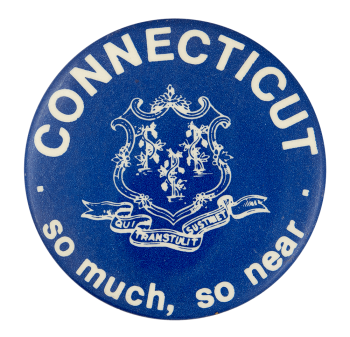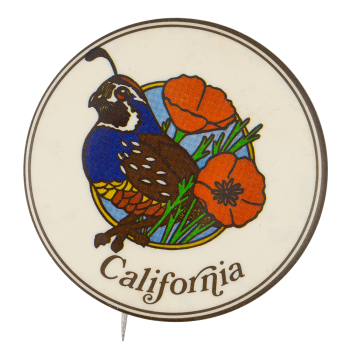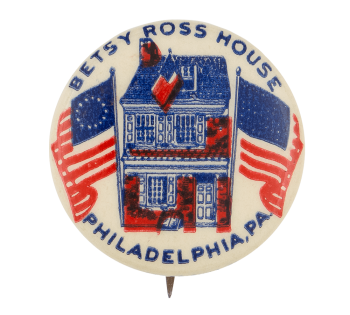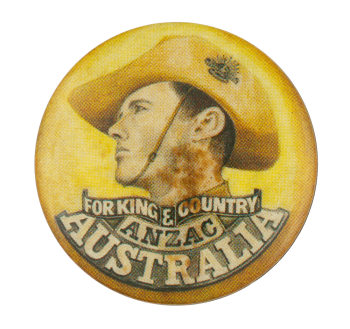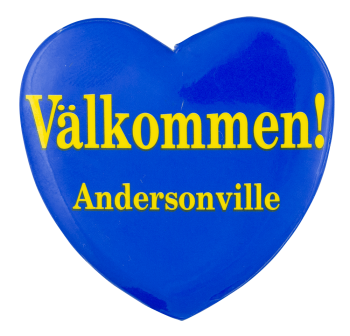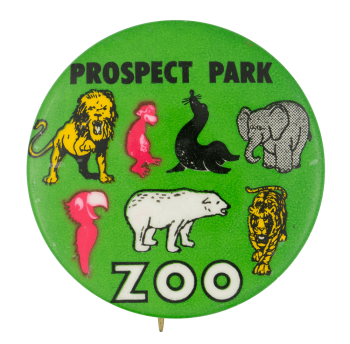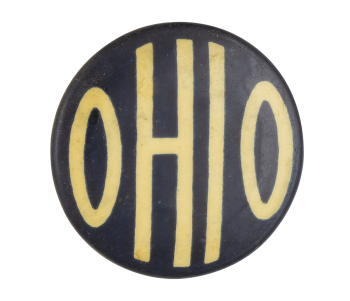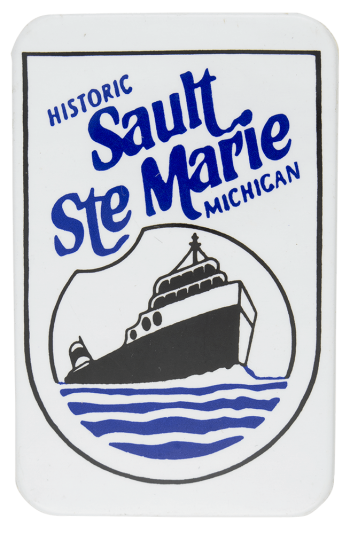Connecticut So Much, So Near
| Category | |
|---|---|
| Additional Images | |
| Sub Categories | |
| Text on Button | CONNECTICUT so much, so near QUI TRANSTULIT SUSTINET |
| Image Description | White text around an illustration of a shield over a banner with white text on a blue background |
| Back Style | |
| The Shape | |
| The Size | |
| Additional Information | In 1979, New York released the highly popular, ''I Love New York'' tourism slogan. In an effort to mimic their success, Connecticut changed its slogan from, "So Much So Near" to ''Better Yet Connecticut'' in 1983. This new slogan didn't go over any better and state officials had to keep trying at better promotion. Connecticut's state motto, Qui transtulit sustinet, translates to, "He who transplanted sustains." The state motto is represented on the current Connecticut state seal as part of the state's coat of arms. Along with the Latin motto, the seal shows three grapevines representing the three original colonies of Connecticut - Hartford, New-Haven, and Saybrook. The first Connecticut state seal was picked by the English in 1639. The seal was updated after the Revolutionary War in May of 1784 but has not been altered since. |
| Sources |
Haitch, R. (1985, April 28). SLOGAN RIVALRY. New York Times. Retrieved April 24, 2019, from https://www.nytimes.com/1985/04/28/nyregion/slogan-rivalry.html |
| Catalog ID | EV0735 |

